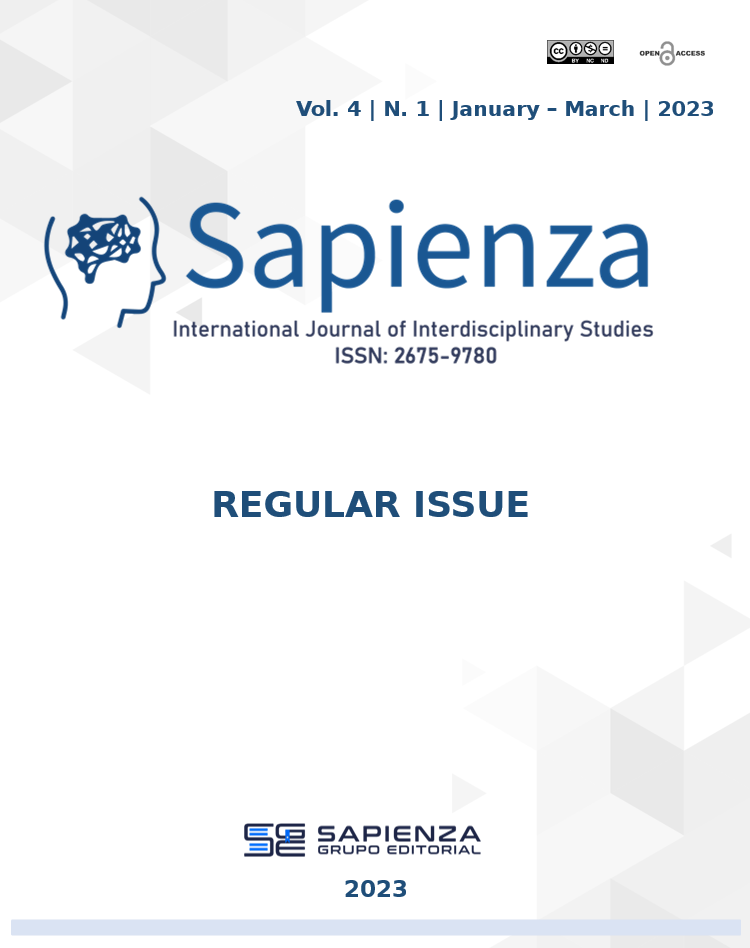School dropouts in the Philippines: causes, changes and statistics
DOI:
https://doi.org/10.51798/sijis.v4i1.552Keywords:
School Dropouts, Education, PhilippinesAbstract
School dropout is a major problem as it has negative impacts that result in high social costs. A learner can be called a dropout when the learner fails to enroll in school despite having reached the mandatory school age. This paper aims to identify the root causes of school dropouts in the Philippines, specifically in all regions for the years 2008 and 2013. The secondary data on the proportion of population 6 to 24 years old who are not attending school from the website of the Philippine Statistics Authority were used. The data were analyzed using R version 4.2.1. This paper employed descriptive statistics, namely frequency and percentage to identify the root causes of dropping out in the Philippines when grouped according to region and year. Percentage change (increase and decrease) were explored to track changes in the causes of school dropouts. The findings indicated that the high cost of education, and student employment or when the student is seeking employment were the root causes of dropouts in the Philippines for the years 2008 and 2013, respectively. Based on the findings, it is recommended that the Philippine government, through the Department of Education, should prioritize programs that will address the root causes of the school dropouts with the goal of decreasing the dropout rate in general.
References
Alvarez, A. (2019). R packages: A beginner’s guide. Retrieved from: https://www.datacamp.com/community/tutorials/r-packages-guide
Amoroso, V. & Bajo, N. (2014) Phl dropout rising since 2007. Philstar. Retrieved from: https://www.philstar.com/campus/2014/06/12/1333995/phl-dropout-rates-rising- 2007
Belfield, C. & Levin, H. (2007). The price we pay: Economic and social consequences of inadequate education. Washington, D.C.: Brookings Institution Press.
Bridgeland, J., DiIulio Jr., J., & Morison, K. (2006). The silent epidemic: Perspectives on high school dropouts. Washington, D.C.: Civil Enterprises.
Cervantes, F. (2018). Solons call on gov’t to curb rising dropout rate. Philippine news agency. Retrieved from: https://www.pna.gov.ph/articles/1037398
Christle, C., Jolivette, K & Nelson, C. (2007). School characteristics related to high school dropout rates. Remedial and Special Education 28 (6): 325-339.
David, C. & Albert, R. (2012). Primary education: Barriers to entry and bottlenecks to completion. (Research Discussion Paper DPS 2012-07). Retrieved from: https://pidswebs.pids.gov.ph/ris/dps/pidsdps1207.pdf
De Leeuw, J. (2011). Statistical Software: An Overview. International Encyclopedia of Statistical Science, 1470-1473. doi: 10.1007/978-3-642-04898-2_553.
Dekkers, H. & Claassen A. (2001). Dropouts: Disadvantaged by definition? A study of the perspective of very early school leavers. Studies in Educational Evaluation, 27, 341-354. ISSN: 0191-491X
Diaz, R. (2021). Effects of Pantawid Pamilyang Pilipino Program (4Ps) and other Conditional Cash Transfer (CCT) Programs of Low and Middle – Income Countries on Human Development. Sapienza: International Journal of Interdisciplinary Studies, 2(1), 2–11. https://doi.org/10.51798/sijis.v2i1.16.
Dropout rate (2006). In Philippine statistics authority. Retrieved from: https://psa.gov.ph/content/dropout-rate
Dropout rate by grade (n.d.). In UNESCO institute of statistics. Retrieved from: http://uis.unesco.org/en/glossary-term/dropout-rate-grade
Fuller, R. (1927). Fourteen is too early: Some psychological aspects of school-leaving and child labor. New York, NY: National Child Labor Committee.
Gökşen et al., (2006). Türkiye’deilköğretimokullarindaokulterkveizlenmesiileönlenmesineyönelikpolitikalar. Retrieved from: http://erg.sabanciuniv.edu/sites/erg.sabanciuniv.edu/files/
Golez, P. (2018). K-12 blamed for ‘high dropout rate’ in schools. Panay news. Retrieved from: https://www.panaynews.net/k-12-blamed-for-high-dropout-rate-in-schools/
Graeff-Martin, A., Oswald, S., Obst Comassetto, J. et al (2006). A package of interventions to reduce school dropout in public schools in a developing country. Eur Child Adolesc Psychiatry, 15 (8), 442-449. https://doi.org/10.1057/s41274-016-0109-z
Hernando-Malipot, M. (2019). Number of dropouts coming back to school increasing – DepEd. Manila bulletin. Retrieved from: https://news.mb.com.ph/2019/05/25/number-of-dropouts-coming-back-to-school-increasing-deped/
Introduction to R (n.d). In Introduction to r. Retrieved from: https://www.r-project.org/about.html
Kadil, R. (2017). School dropout study: Philippines and Turkey. Retrieved from: https://www.researchgate.net/publication/333145578_School_Dropout_Study_Philippines_andTurkey
Laird, J., Kienzi, G. DeBell, M., & Chapman, C. (2007). Dropout rates in the United States: 2005. Washington, D.C.: U.S. Department of Education, National Center for Education Statistics. Retrieved from: https://nces.ed.gov/pubsearch/pubsinfo.asp?pubid=2007059
Reyes, T. (2015). The real cost of education in the Philippines. Rappler. Retrieved from: https://www.rappler.com/brandrap/advocacies/105019-real-cost-education-ph
Rotermund, S. (2007) Why students drop out of high school: Comparisons from three national surveys. Santa Barbara: California Dropout Research Project, University of California, Santa Barbara.
Selda, P. (2014). Reasons for school dropout in vocational high school. Academic Journals, 9 (18), 711-718. DOI: 10.5897/ERR2014.1830.
Sembrano, B. (2010). Only half of working students finish college: CHED. ABS-CBN News. Retrieved from: https://news.abs-cbn.com/lifestyle/youth/06/13/10/only-half-working-students-finish-college-ched
Simoes, A. A., & Sabates, R. (2014). The contribution of Bolsa Família to the educational achievement of economically disadvantaged children in Brazil. International Journal of Educational Development, 39, 141-156.
Suh, S. (2001). Korean American adolescents’ perceptions of contributors to school dropout (Doctoral dissertation - The University of Alabama).
UNESCO (2015). Education for all 2015 national review: Philippines. Retrieved from: https://unesdoc.unesco.org/ark:/48223/pf0000230331
Downloads
Published
How to Cite
Issue
Section
License
Copyright (c) 2023 Samuel John Parreño

This work is licensed under a Creative Commons Attribution-NonCommercial-NoDerivatives 4.0 International License.









